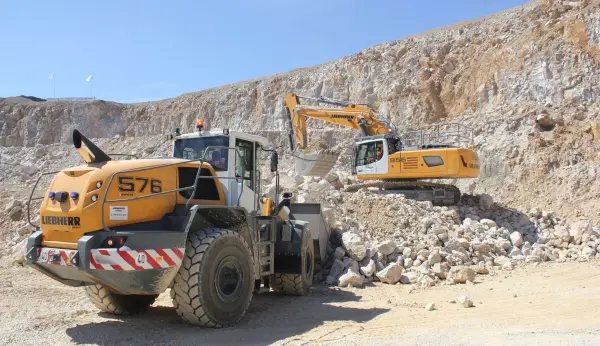Managing Workplace Transport Risks
PREVENTING workplace transport accidents, which claimed 66 lives last year, will be the aim of a conference run by the Royal Society for the Prevention of Accidents (RoSPA) and the Health and Safety Executive on Wednesday 14 May 2008 in the Concourse Suite at the National Exhibition Centre, Birmingham.
Taking place alongside the Safety & Health Expo, the ‘Managing Workplace Transport Risks: A Matter of Life or Death’ conference will include briefings on current accident and enforcement trends and effective solutions to safety issues related to the use of vehicles in places of work. A focus of the event will be the HSE’s new Route Map, which brings together details of legislation, guidance and good practice relevant to managing workplace transport risks.
Provisional figures show that 52 workers and 14 members of the public were killed in accidents involving workplace transport in Britain in 2006/07. In the same year, workplace transport accidents also led to 1,677 major injuries and 4,233 other injuries requiring people to have more than three days off work.
At the conference, Carol Grainger, programme manager for the HSE’s Workplace Transport Programme, will outline accident statistics and solutions related to the main types of workplace transport accident: people being hit by vehicles; people falling from vehicles; objects falling from vehicles on to people; and vehicles toppling over.
In addition, Jayn Johnson, a health and safety Inspector with the HSE, will explain what she looks for in terms of workplace transport, including: management and supervision; site layout; vehicle selection and maintenance; operational issues, such as tipping; and driver competence.
Roger Bibbings, occupational safety adviser at RoSPA, said: ‘Our speakers will cover a range of important issues, including the culture associated with the use of vehicles at work and the need for good communication between clients and contractors. Delegates will also have the opportunity to network and learn how others are dealing with this critical aspect of workplace safety.’



